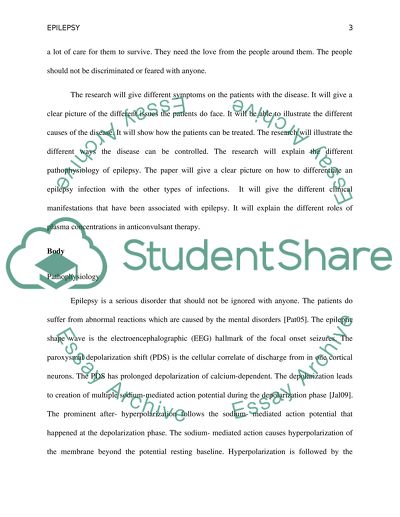Cite this document
(“Report : Epilepsy Essay Example | Topics and Well Written Essays - 3000 words”, n.d.)
Report : Epilepsy Essay Example | Topics and Well Written Essays - 3000 words. Retrieved from https://studentshare.org/nursing/1643492-report-epilepsy
Report : Epilepsy Essay Example | Topics and Well Written Essays - 3000 words. Retrieved from https://studentshare.org/nursing/1643492-report-epilepsy
(Report : Epilepsy Essay Example | Topics and Well Written Essays - 3000 Words)
Report : Epilepsy Essay Example | Topics and Well Written Essays - 3000 Words. https://studentshare.org/nursing/1643492-report-epilepsy.
Report : Epilepsy Essay Example | Topics and Well Written Essays - 3000 Words. https://studentshare.org/nursing/1643492-report-epilepsy.
“Report : Epilepsy Essay Example | Topics and Well Written Essays - 3000 Words”, n.d. https://studentshare.org/nursing/1643492-report-epilepsy.


